If you want to know something about your soil (such as PH, nutrient content or soil structure), or your habitat, there’s a lot you can learn from the wild plants that grow there. These are just five of the many plants that tell us something about the land at Henbant – fat hen, docks, dandelion, sticky weed and yarrow.
What is a indicator plant?
Essentially any plant that has chosen to grow in your soil has picked your soil for a reason. We refer to these plants as weeds, but they’re playing their part of ‘repair’ within the stable, permanent system that nature always moves towards. If your soil needs repairing a plant will step in to help.
For example a dock or dandelion might grow in:
- compacted soil because it’s deep tap root breaks it up to allow shallow-rooted plants to grow
- calcium poor soil because it can produce and store calcium.
“Weeds are not the problem but rather symptoms of glitches within the soil.”
Geoff Lawton (permaculturenews.org)
Yarrow
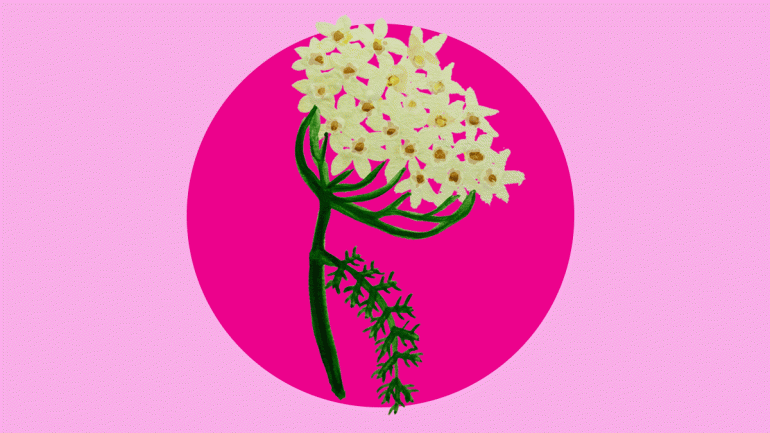
About common yarrow
Botanical name: Achillea millefolium.
Availability: flowers in summer.
Life cycle: perennial, mostly herbaceous.
What does common yarrow indicate?
Common yarrow:
- stores and produces copper, magnesium, nitrogen, phosphorus, and potassium (so your soil might be low in these nutrients)
- can withstand drought and poor, dry soil
- is considered to be an indicator of loam
- is a natural component of chalk grassland (which makes sense as Henbant used to be a quarry).
Fat hen
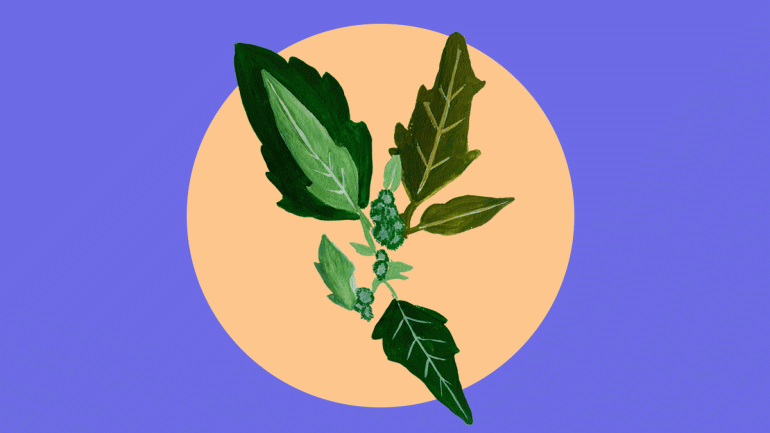
About fat hen
Botanical name: Chenopodium album.
Availability: flowers July – September.
Life cycle: annual.
What does fat hen indicate?
Fat hen:
- is common on sandy loams and grows best on fertile soils (which explains why it’s all over our market garden beds)
- is very efficient at extracting nutrients from the soil
- produces and stores calcium, iron, nitrogen, phosphorus, potassium, and sulphur
- can act as a host plant for insects such as mangold fly and black bean aphid.
Fat hen is also edible and rich in vitamin C. For more examples see 5 edible wild plants at Henbant.
Dock
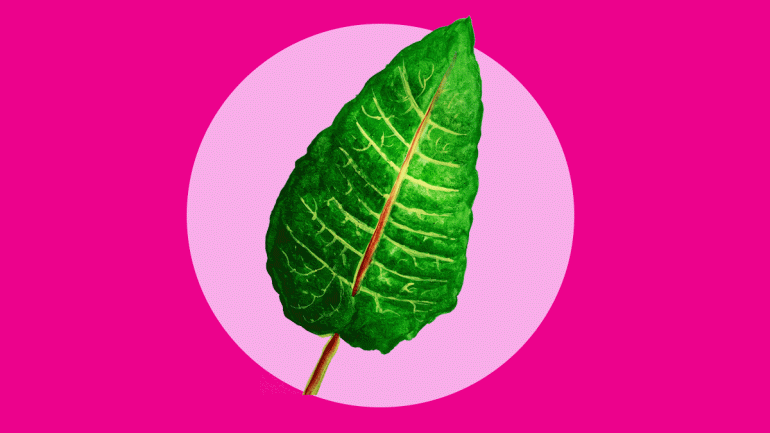
About broad-leaved dock
Botanical name: Rumex obtusifolius.
Availability: leaves appear in spring and seed heads appear until winter.
Life cycle: long lived perennial.
What does dock indicate?
Broad-leaved dock:
- produces and stores calcium, potassium, phosphorus, and iron (so your soil might be low in these nutrients)
- can grow in compacted/heavy clay soil, which they help to break up with their large tap root
- supports a wide range of insects, including butterflies, moths, plant bugs and beetles
- is a drought-tolerant plant, indicated by it’s large tap root.
Dock is also edible and from the same family as sorrel. For more examples see 5 edible wild plants at Henbant.
Dandelion
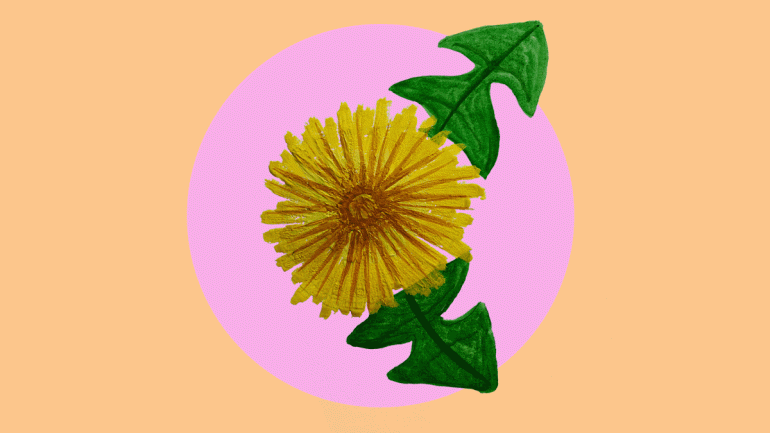
About dandelion
Botanical name: Taraxacum officinalis.
Availability: flowers March – October.
Life cycle: perennial.
What does dandelion indicate?
Dandelion:
- produces and stores sodium, silicon, manganese, calcium, potassium, iron, and copper (so your soil might be low in these nutrients)
- can grow in compacted/heavy clay soil, which they help to break up with their large tap root
- provides nectar early and late in the season, so bees love them
- loves acidic soil.
Dandelion flowers, leaves and roots are also edible. For more examples see 5 edible wild plants at Henbant.
Sticky weed (cleavers)
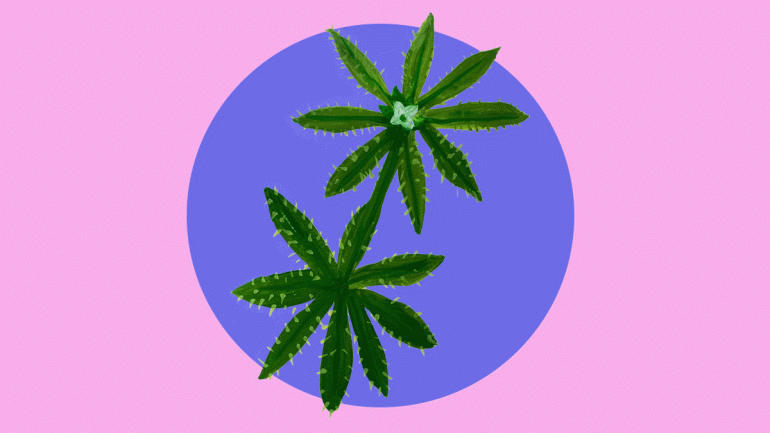
About sticky weed (cleavers)
Botanical name: Galium aparine.
Availability: flower mainly from June – August.
Life cycle: annual.
What does sticky weed (cleavers) indicate?
Sticky weed:
- produces and stores sodium and calcium (so your soil might be low in these nutrients)
- prefers nutrient-rich soil and is an indicator of loam (which might be why I’ve seen it in the kitchen garden)
- is favoured by winter cropping with cereals/oilseed rape and populations have been found to decrease following a series of spring-sown cereals.
More indicators at Henbant
Clover produces and stores nitrogen and phosphorous. Bracken produces and stores potassium, phosphorous, manganese, iron, copper and cobalt. I’ve written about red clover and bracken as two of the 5 prevalent perennials at Henbant.
Sources
gardenorganic.org.uk
growing-guides.co.uk
rhs.org
backyardforager.com
almanac.com
gardenista.com
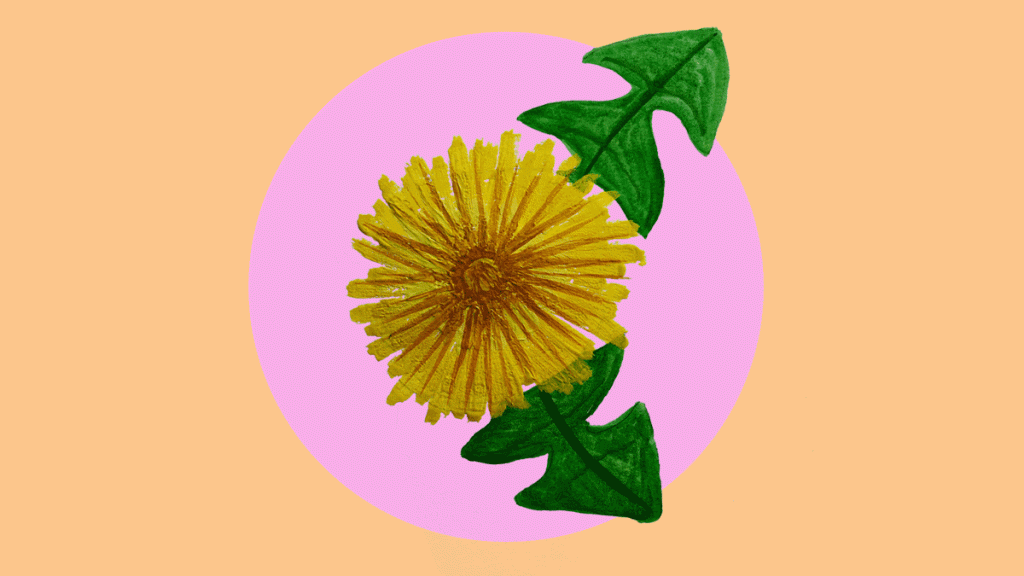
Leave a comment